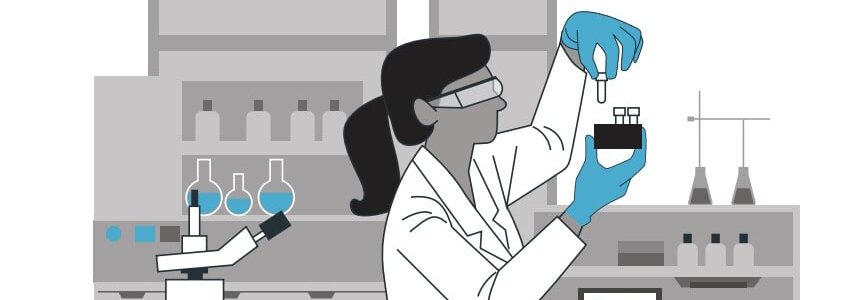Authors: Devika Oberai, Sayak Sinha, Srijan Rai
Published: February 2024
Women’s participation in Science, Technology, Engineering and Mathematics (STEM) is a global concern. According to a UNESCO report, only 35% of students in higher education worldwide are women. In India, nevertheless, as per the AISHE report, women comprise 43.2% of the sample across UG, PG, and PhD programmes. This upward trend, however, must be understood with caution, as evidence suggests that even though women enter the STEM ecosystem in higher proportions as compared to the rest of the world, their retention is met with several challenges. The “leaky pipeline” metaphor illustrates the gradual attrition of women and individuals from minority groups within STEM fields as they move from entry to employment, towards leadership.
Given that the labour market is constantly changing and evolving, especially owing to automation and Artificial Intelligence, a STEM education can enable women to keep up with this transformation by giving them transferable skills and closing the gender pay gap. Women in India who take up science are more likely to be employed and earn about 28% more than women who take up non-technical subjects. Moreover, the critical thinking skills developed through such programs can prove invaluable for individuals to approach problem solving.
While women’s participation in STEM is a complex puzzle, targeted interventions by key actors could help address some critical pieces of this puzzle. The government is currently working towards addressing the problem with the GATI (Gender Advancement for Transforming Institutions) charter, which is a voluntary, signatory charter to nudge research institutions to support diversity and inclusion across 30 pilot institutions), and programs like Vigyaan Jyoti encouraging high-school girls through experiential learning is promising. Some other recommendations that the brief highlights include:
- Beginning interventions early, at primary school levels to develop interest towards STEM in girls at an early age.
- Promoting affirmative action and specific provisions (such as the Supernumerary seats at IITs) to actively make space for women in the ecosystem.
- Mandating charters like GATI to ensure a flexible and safe workplace to ensure retention of women in STEM.
- Providing targeted support to women re-entering the workforce through returnship programs after a break so that they can transition back smoothly into their roles.
Implementing these recommendations promises a more gender-inclusive STEM ecosystem, fostering economic growth and prosperity for women.
About the series
IWWAGE- an initiative of LEAD at Krea University and The Quantum Hub have worked together to compile and present ‘Women in STEM: Challenges and Opportunities in India’ — the third policy brief in the ongoing “Women and Future of Work,” series. This brief explores the limitations both within the education and employment structures in India and addresses the issues that affect women’s participation in STEM.
The brief suggests that the challenges that affect women’s participation start at the entry level when it comes to STEM subjects. These challenges are further enhanced at every stage with multiple obstacles at the employment, retention, and leadership levels that hinder women’s progress in these fields. The brief then maps programs and schemes at national and international levels across public and private sectors at various levels of education and employment alike in order to make recommendations to increase female participation in STEM fields.
Read the full report on Women in STEM here
Additionally, based on this work, a data story on Women in STEM in India was published in ‘Vigyan Dhara’, the newsletter from the Office of the Principal Scientific Adviser to the Government of India. This data story can be found here.
